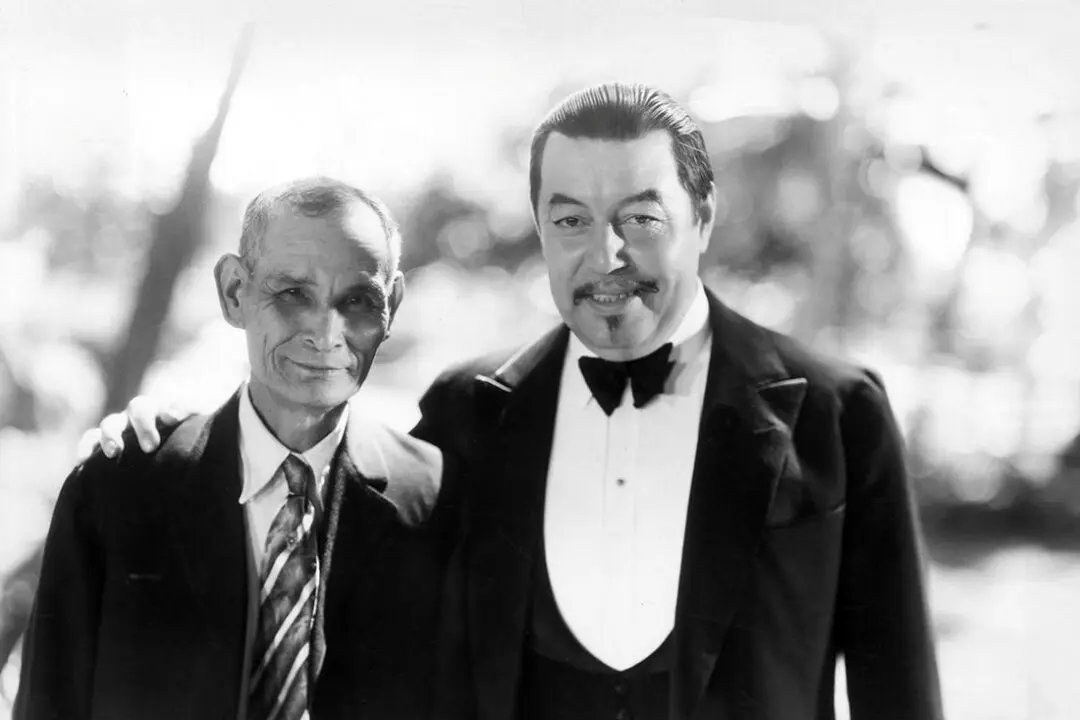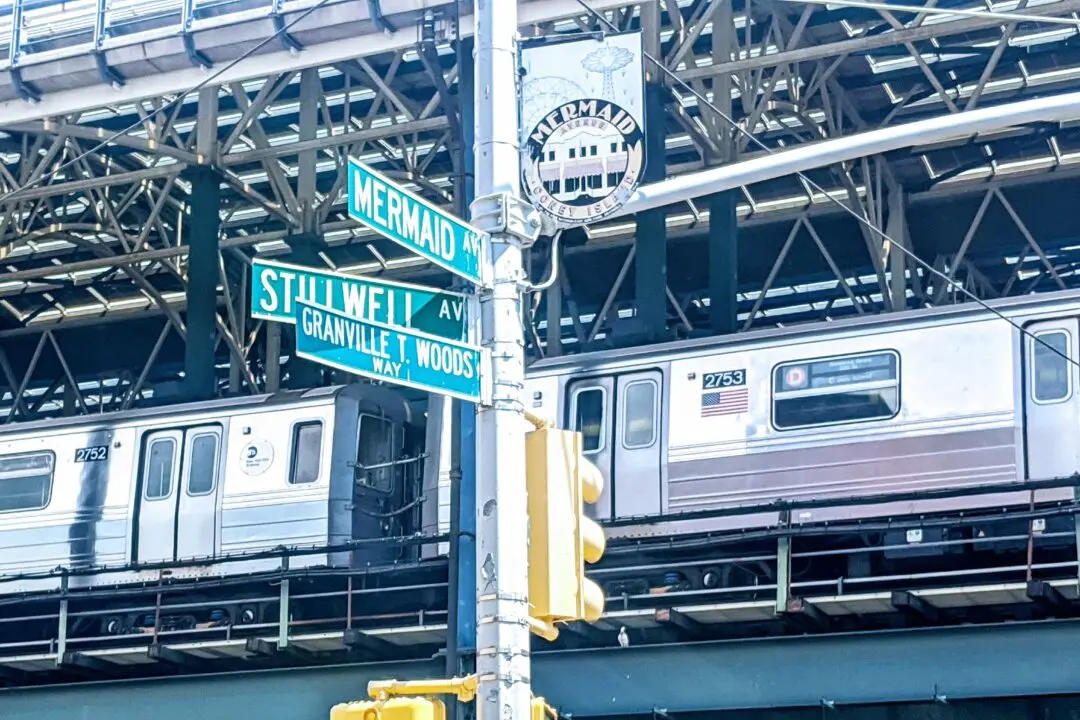In the mid-19th century, cities began to stretch skyward, but the ascent was hindered by the perilous nature of early hoisting platforms. Architects dreamed of taller buildings, yet few dared to trust the crude lifts that carried men and materials from floor to floor. The problem was not a lack of invention. It was fear. One broken rope could send both worker and cargo plunging to the ground.
That fear met its match in Elisha Graves Otis, a self-taught mechanic from Vermont, who, with a few springs and iron teeth, made vertical travel safe. His invention—the safety elevator—transformed not just architecture, but the very way humans moved through space.






